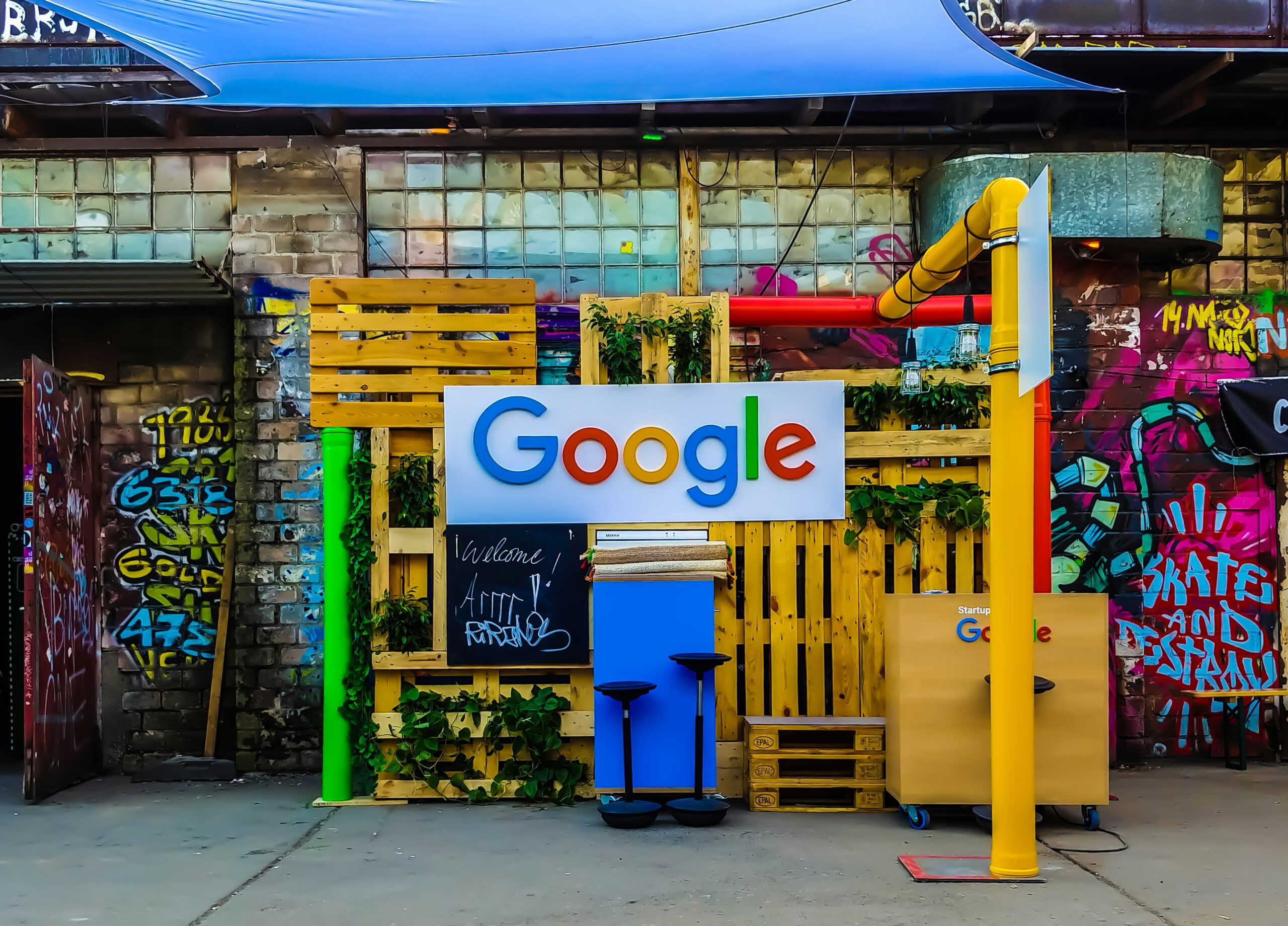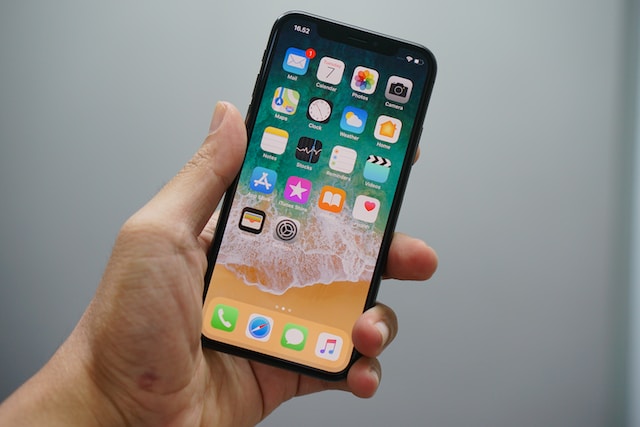Over the years, Google’s design philosophy has played a major role in shaping the visual and interactive language of the web and mobile ecosystems. Material Design, first introduced in 2014, brought clarity, consistency, and a sense of polished minimalism that felt modern and universally appealing. But as we fast forward to Material 3 — particularly the “Expressive” theme — many users and designers alike are scratching their heads.
What once was praised for its elegance and visual restraint has seemingly spiraled into a chaotic medley of shapes, sizes, and styles. Let’s talk about why Material 3 Expressive is not just a departure from good design — but a regression.
Aesthetic Incoherence: The Rise of Design Clutter
Material 3 Expressive promises customization and personality, but what it delivers is inconsistency. The overuse of dynamically generated shapes and uneven sizing breaks the harmony of user interfaces. No longer does a UI feel like a coherent visual system; instead, it feels like a patchwork quilt of design choices — each element screaming for attention in its own unique way.
Gone are the days of symmetrical cards, neatly aligned padding, and consistent iconography. In their place, we get mismatched corner radii, an unpredictable blend of rounded and sharp edges, and text elements that float awkwardly with unbalanced spacing. This isn’t expressive — it’s dissonant.
The Myth of Personalization Over Polish
Google positions Material 3 Expressive as a way to infuse UI with brand and personality. But in practice, most implementations feel like a visual overload. In the quest for “personalization,” Google has sacrificed polish. Giving every app the power to look wildly different doesn’t empower users — it alienates them with inconsistency.
And let’s be honest: most users aren’t designers. They don’t crave a “unique” shape for every button or an unconventional corner radius for every card. What they want is clarity, familiarity, and visual comfort — something Material Design used to deliver in spades.
The Curse of Over-Engineering Aesthetics
One of the most puzzling trends in Google’s recent design evolution is the obsession with surface-level novelty. Material 3 brings in multiple shapes, shadow layers, and inconsistent use of color tones, seemingly just for the sake of change. Every element is adjustable — but does it need to be?
This over-engineering of UI components has led to design systems that are harder to use, both for developers and end users. Instead of intuitive layouts and streamlined visual flows, we now have to contend with floating action buttons that look out of place, cards with awkward elevation, and color palettes that feel more like a mood board gone wrong than a cohesive brand identity.
Google’s Design Language: A Downward Spiral
Material Design 1.0 was a revelation. Material 2 refined it beautifully. But since then, Google’s design language has taken a nosedive into overcomplexity and visual inconsistency. Android 12’s “Material You” was a signal of this shift — prioritizing hyper-customization over clean design. Material 3 Expressive just takes this further, abandoning the foundational principles of good design: balance, hierarchy, and simplicity.
The irony? In trying to make everything look fresh and individual, Google has made most of it look amateurish and disjointed.
Conclusion: Less Expression, More Cohesion Please
Material 3 Expressive might excite design hobbyists with its palette of options, but for anyone who values consistency and polish in their UI, it’s a step in the wrong direction. A great design system should make apps look better by default, not require each developer to become a full-time visual designer to make things tolerable.
Google needs to return to the basics. The best interfaces aren’t the ones that shout the loudest — they’re the ones that get out of the way and let the content shine. Material 3 Expressive, for all its intentions, just makes too much noise.





